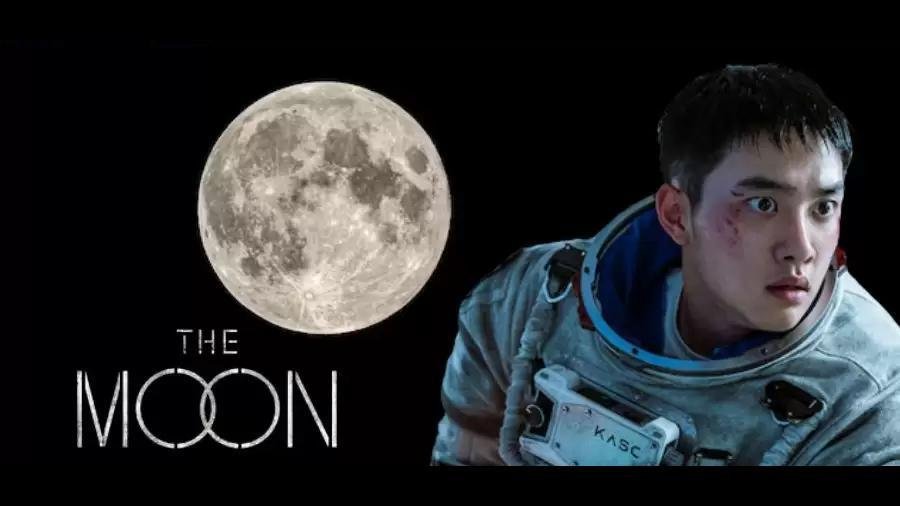
Yoko Dojima’s life completely transformed when she wrote about the 2011 Earthquake in a novel and eventually gained fame, became an animator’s wife and even attracted a younger husband, Shohei who now makes animations and goes by the title ‘Maestra’. However, life did get difficult as time passed and the couple faced financial issues and even Yoko’s writer’s block hit hard. To make ends meet, she began working as a caretaker at an animation studio located far deep into the woods. She being the detached character she is at first doesn’t notice anything wrong there but her new friend also named Yoko changes that. Everything goes downhill from that moment for her as Yoko goes back to alcohol. Eventually at Yoko’s house, when Sato was the only other co-worker present, the bigger issues with the studio were explored revolving around the patients.
It is clear from the outset that Ishii sought to do too many things in “The Moon.” There are at least three plots that are quite interesting on their own, the plots of the two Yokos and Sato, and the first one’s relationship with her husband and the second one’s relationship with her family could easily fill an entire feature film separately. We also have the whole idea and theory of the barbarous bulimic asylum where patients were mistreated. This one is ghastly, to say the least, and an attempt to find adjectives to describe this would be no less gothic. Furthermore, in this aspect, Ishii also incorporates a shock element that unfolds a number of times, through the patients, one of whom is disturbingly grotesque in what seems to be intended as an exaggeration gone wrong at best but disturbing more than anything.
Finally, we have Sato, and his far-reaching remarks about the world’s most incapacitated people is quite practical, and his destiny draws a parallel. These are “enriched” with some casual remarks about writing and art in particular such as and the disaster and some other, less important, things which all together make everything much more complicated many times unrealistic as well.
However, the film does not lack some merits. The in-depth evaluation of the main characters is quite impressive and Ishii does an excellent job in making the audience understand the different characteristics that are presented about them. In such a way, although not all the characters can be taken fond of, some compassion is formed since all seem to be the protagonists of their life for the most part, and even in some instances as the people who could be in the center themselves. Rie Miyazawa as the Maestra in this film is particularly wonderful as she does not hide her embarrassment but conveys it beautifully, as well as her performances with all the other actors is among the best scenes of this movie.
Fumi Nikkaido as the other Yoko also does well in a role as someone who is constantly attempting to perform good deeds , but unfortunately is unsuccessful all the time, and the failure emanates completely from Yoko. The Stylish Hayato Isomura as Sato is able to look both ordinary and deep and bone chilling all at the same time, in a great performance whose major strength is found in his monologues.
Yoichi Kamakari’s vivid cinematography provides a captivating yet distressing visual experience of how the patients ta the asylum are captured which paves way to such a powerful sense of color and treatment and atmosphere. This makes the movie visually appealing. A tinge of discontent and confusion arises when one manages to hear the character Yoko speak to herself. Despite the lie telling dialogues, such as ‘on the nose’, the disdain becomes tolerable.
In the end, it is evident that this movie can’t be defined as solely ‘Good’ or Bad’. It manages to squeeze in every flawed and great aspect possible, indeed proving to be a discarded opportunity, especially when divided into two features instead of just one.
For more movie like The Moon (2023) visit on solarmovie







